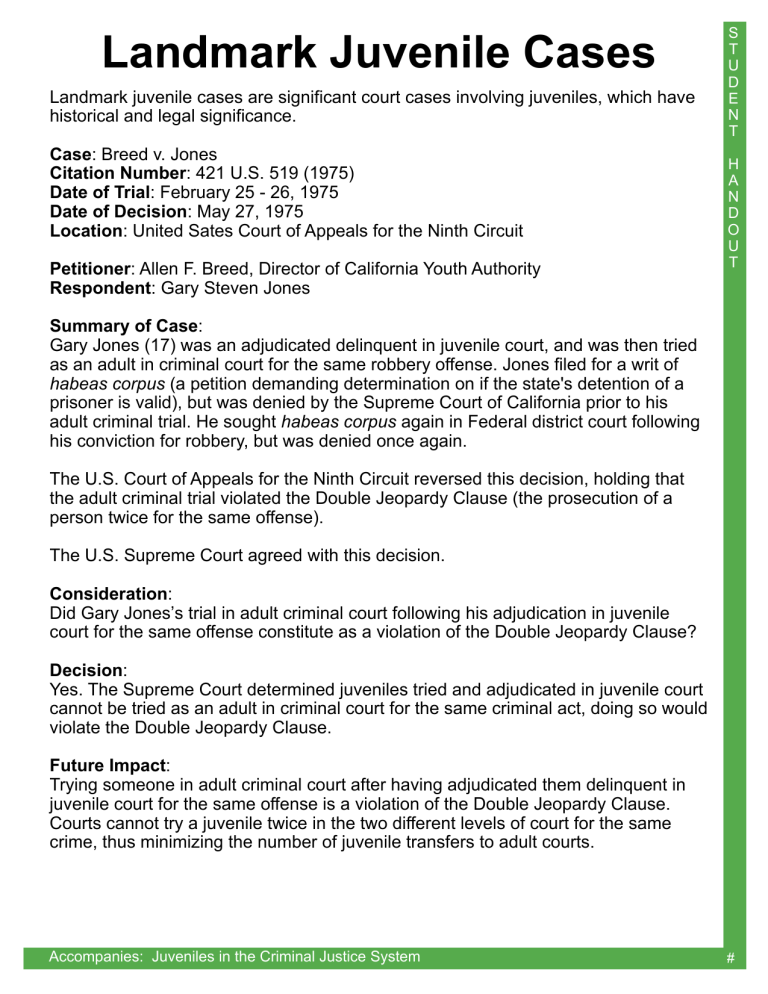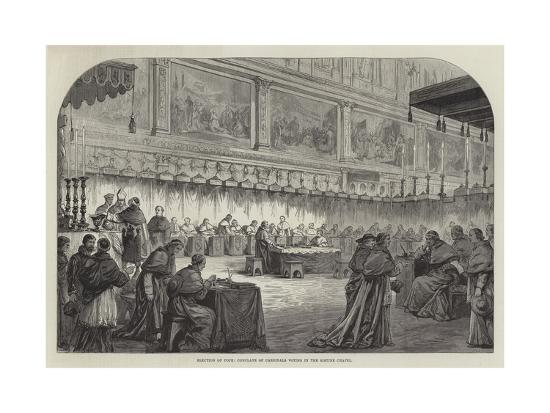LGBT+ Legal History: A Timeline Of Landmark Cases And Figures

Table of Contents
Early Struggles and the Dawn of Activism (Pre-1960s)
The early to mid-20th century presented a bleak landscape for LGBT+ individuals. Legal protections were virtually nonexistent, and societal prejudice was rampant, leading to widespread discrimination in employment, housing, and social life. This period laid the foundation for the future fight for LGBT+ rights, highlighting the urgent need for legal reform.
The Lavender Scare
The McCarthy era's anti-communist paranoia extended to a targeted campaign against homosexuals in government and other sectors. The "Lavender Scare" saw thousands of LGBT+ individuals losing their jobs and facing social ostracism based solely on their sexual orientation or gender identity. This systematic persecution fueled a sense of urgency within the nascent LGBT+ community, prompting the need for organized resistance.
Early LGBTQ+ Organizations
Despite the oppressive environment, the seeds of organized resistance were sown. Early LGBTQ+ organizations, though limited in scope and resources due to the prevalent social stigma and lack of legal protection, played a pivotal role in laying the groundwork for future legal challenges.
- The Mattachine Society (1950s): Focused on discreet activism and education, promoting self-acceptance within the gay community.
- Daughters of Bilitis (1955): The first lesbian organization in the United States, advocating for lesbian rights and visibility.
- Limitations: These early groups often faced significant challenges, including limited funding, societal disapproval, and the risk of outing members, hindering their ability to openly advocate for legal change.
The Stonewall Riots and the Rise of Gay Liberation (1960s-1970s)
The Stonewall Riots of 1969, sparked by a police raid on the Stonewall Inn in New York City, serve as a watershed moment in LGBT+ history. These riots, marked by spontaneous resistance from the LGBT+ community and their allies, galvanized the movement and propelled it into a new era of activism and open defiance. The Stonewall Riots are considered the catalyst for the modern LGBT+ rights movement, marking a significant shift from covert activism to more visible and assertive demands for equality.
Early Legal Challenges
The decade following Stonewall witnessed the emergence of early legal challenges, although many were unsuccessful. These early defeats, however, provided valuable lessons and shaped future legal strategies.
- Early cases often focused on challenging discriminatory laws relating to public accommodations and employment. Many were dismissed or resulted in unfavorable rulings due to the prevailing social attitudes and legal interpretations of the time.
- These initial setbacks, however, highlighted the need for strategic legal action and contributed to the development of more effective legal strategies in subsequent years. They also served to galvanize activism within the LGBT+ community, fueling further efforts to challenge discriminatory laws.
Landmark Legal Victories and Shifting Social Attitudes (1980s-2000s)
The late 20th century brought about significant shifts in social attitudes and several landmark legal victories, paving the way for greater LGBT+ rights.
Bowers v. Hardwick (1986) and its Overruling
The 1986 Supreme Court case Bowers v. Hardwick upheld the constitutionality of anti-sodomy laws, delivering a major setback to the LGBT+ rights movement. This decision remained a significant obstacle for decades until it was overturned by Lawrence v. Texas (2003), which invalidated sodomy laws nationwide and recognized a right to privacy for same-sex couples.
Romer v. Evans (1996)
Romer v. Evans marked a crucial step forward, striking down a Colorado constitutional amendment that prohibited the enactment of anti-discrimination laws protecting LGBT+ individuals. The Supreme Court's decision affirmed that laws targeting a specific group based solely on their sexual orientation are unconstitutional.
The Fight for Marriage Equality
The fight for marriage equality spanned decades, culminating in the landmark Supreme Court case Obergefell v. Hodges (2015). This decision legalized same-sex marriage nationwide, representing a monumental achievement in the struggle for LGBT+ rights.
- Key cases contributing to the marriage equality movement included: Goodridge v. Department of Public Health (Massachusetts, 2003), which legalized same-sex marriage in Massachusetts, and numerous other state-level cases that gradually chipped away at the legal barriers to same-sex marriage.
Contemporary LGBT+ Legal Issues and Ongoing Challenges (2010s-Present)
Despite significant progress, the fight for full LGBT+ equality continues. Numerous legal battles persist, highlighting the ongoing need for legal protections and systemic change.
Transgender Rights
Transgender individuals face significant legal challenges related to bathroom access, healthcare, and employment discrimination. Laws restricting access to gender-affirming care and discriminatory practices in employment remain a pressing concern.
LGBTQ+ Adoption and Parenting Rights
While same-sex couples have gained significant legal ground in adoption and parenting rights, challenges remain, including discrimination in adoption agencies and challenges to parental rights in some jurisdictions.
Hate Crime Legislation and Protections
Despite the existence of hate crime laws, the LGBT+ community remains disproportionately vulnerable to violence and discrimination. Strengthening hate crime legislation and ensuring effective enforcement remain crucial to combating anti-LGBT+ violence.
- Examples of ongoing legal battles and legislative efforts: Numerous lawsuits challenge discriminatory laws and practices, while ongoing legislative efforts aim to expand protections against discrimination and violence.
Conclusion
LGBT+ legal history is a testament to the resilience and determination of individuals who fought, and continue to fight, for equality. From the early struggles of the Lavender Scare to the landmark victories of Obergefell v. Hodges and beyond, the journey towards full LGBT+ equality has been marked by both significant progress and persistent challenges. Landmark cases like Lawrence v. Texas, Romer v. Evans, and Obergefell v. Hodges demonstrate how legal battles can reshape societal norms and advance LGBT+ rights. However, the fight is far from over. Deepen your understanding of LGBT+ legal history by exploring resources on LGBT+ legal battles, and continue the fight for LGBT+ equality by supporting organizations working to advance LGBT+ rights.

Featured Posts
-
 Debate Surrounding Convicted Cardinals Conclave Voting Rights
Apr 29, 2025
Debate Surrounding Convicted Cardinals Conclave Voting Rights
Apr 29, 2025 -
 Deutsche Teams In Der Champions League Rivalitaeten Und Erfolge
Apr 29, 2025
Deutsche Teams In Der Champions League Rivalitaeten Und Erfolge
Apr 29, 2025 -
 Securing Dysprosium Supplies Strategies For A Sustainable Ev Future
Apr 29, 2025
Securing Dysprosium Supplies Strategies For A Sustainable Ev Future
Apr 29, 2025 -
 Regionalliga Mitte Dsv Leoben Mit Neuem Trainerstab
Apr 29, 2025
Regionalliga Mitte Dsv Leoben Mit Neuem Trainerstab
Apr 29, 2025 -
 The Thriving Venture Capital Secondary Market Trends And Analysis
Apr 29, 2025
The Thriving Venture Capital Secondary Market Trends And Analysis
Apr 29, 2025
